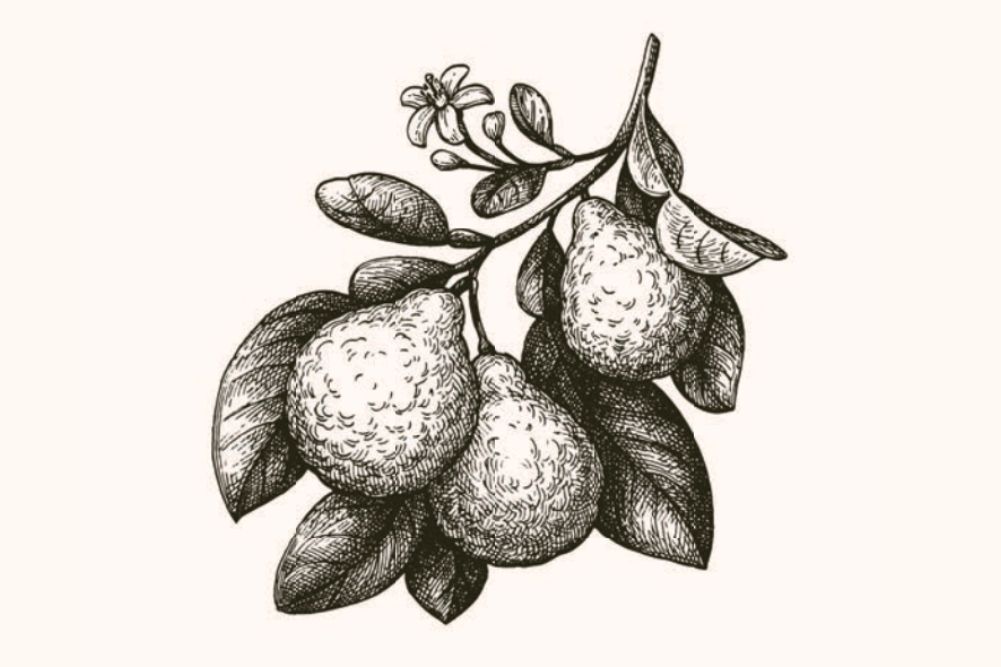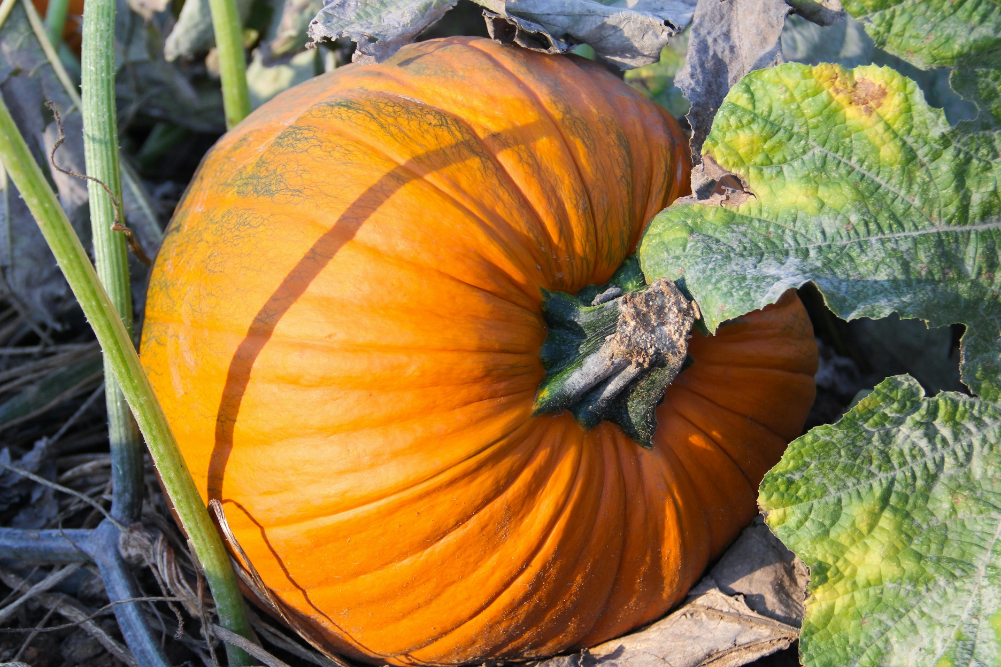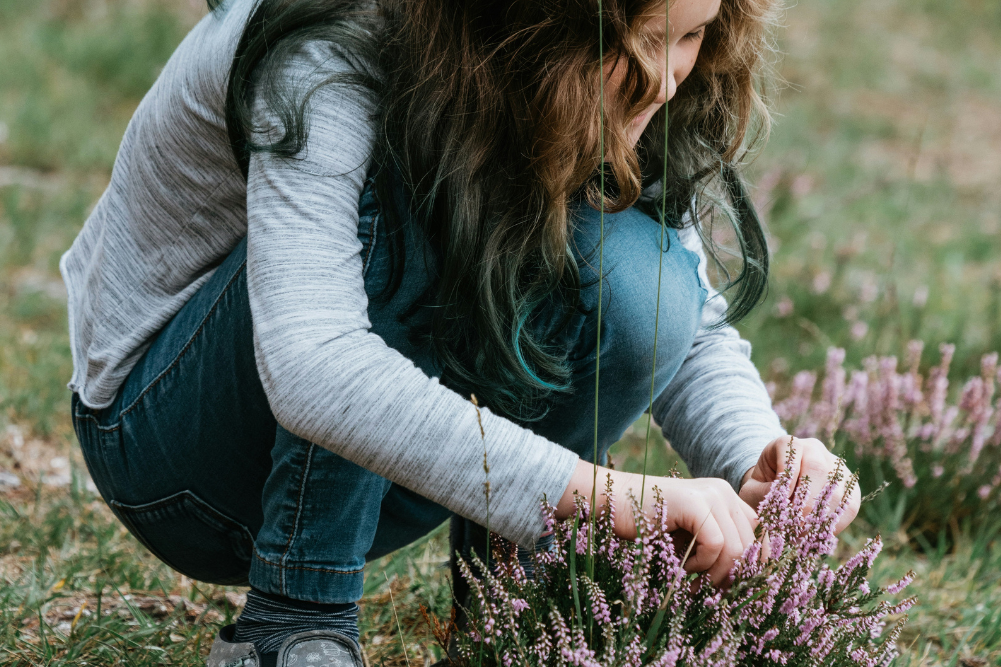Feeding a hungry garden
The bush survives and thrives forever without humans feeding it. The bush is the ultimate recycler — fallen leaves turn into soil and birds eat fruit and tiny beasties that turn into droppings or, eventually, dead birds that feed the earth, too. Theoretically your garden can recycle itself, too.
But if you pick flowers and don’t throw them back under a shrub as mulch when they’ve faded, or you gather crops of veg or fruit, you’re removing nutrients from your garden. Every time you mow your lawn and throw away your clippings you’re mining your garden, too. (We use a mulching mower that leaves thinly chopped clippings spread evenly over the grass. No piles of lawn clippings and the grass recycles its own nutrients. The soil texture is better with this regular semi-mulching, too.)
So what is best to feed your garden?
Compost
Compost needs an article of its own — if it’s badly made it’ll stink or encourage fruit fly and other pests to breed in it and weed seeds will survive and spread when you put out the compost. Good compost needs air, so use either a bin that encourages an updraft or one you tumble every day to aerate the contents. Otherwise, a good, neat pile also works, alternating layers of dense material and loose material such as corn stalks, tossed every few days with a garden fork.
Organic fertiliser
Use these according to directions on the packet. Some are concentrated forms of hen poo and may burn your plants if you overdo it. They’re not better than artificial fertiliser because they’re natural; they are better because they’ll probably have a wider range of trace elements in them instead of just nitrogen, phosphorus and potash, and will add organic matter to your soil.
Mulch
I am a minor mulch fanatic. If it has once lived, I’ll probably mulch it, which includes elderly (coir) doormats. Mulch is the best way to feed a garden. Like compost, it adds nutrients but it’s much easier than making compost. Basically, you just bung on mulch. Mulch helps soil structure, both retaining more moisture and draining waterlogged soil; tones down extremes of heat and cold for plant roots underneath; prevents erosion of bare ground; keeps down weeds; encourages earthworms that make phosphorus more available to plants; increases disease resistance; and provides a good environment for mycorrhizas. (Mycorrhizas are symbiotic associations between plant roots and fungi that can help roots take up more nutrients, especially phosphorus.)
The only feeding our large trees get is mulch: lucerne hay if I am feeling flush and hay is cheap (ie not during a drought), old wattle trees, prunings from other trees (but not any that are diseased). It eventually all breaks down. This form of mulching only works with large trees with spreading skirts, such as avocadoes, where the mess is hidden, or deep, dark groves of camellias. Otherwise try neat mulch.
Neat mulch
This is the stuff that comes in bales or packages. Make a neat circle about 60cm out from the trunk, extending 60cm out from the furthest leaves. (Mulch that is too close to a trunk can encourage wood rots.)
Lucerne hay and pea straw are two of the best mulches to feed your garden. The more green-leaf matter in the hay the better. Avoid bales that are all stalk. Watch out for weed seeds in poor hay — give it to the chooks for a week first. Never buy “first cut” hay as that is always weedier than subsequent cuts. Look for “second cut” or even “third cut” hay.
If the farmer has been unfortunate enough to have been caught by the weather, you may find mouldy hay, which (though potentially lethal for stock) is perfectly fine for your garden. This should be considerably cheaper than top-quality hay. But you should break open the bales with care and wear a mask or at least a scarf over your face, as moulds can be very potent irritants to airways.
Even mulch made of paper or stones is better than nothing. Autumn leaves and old sawdust will eventually break down and the nutrients can be used by the plants. But if the mulch is low in nitrogen to begin with, it may take nitrogen from the soil while it is breaking down. So, if you are using a low-fertility mulch, scatter organic fertiliser on top of the mulch at least two or three times a year, preferably in the warm or hot growing seasons, for a year or so, until at least the first lot of mulch has gone back to the soil.
Broaden your horizons and gaze around your neighbourhood with mulch in mind. Offer to mow your neighbour’s lawn or rake up their leaves. (Leaves are a precious commodity — they should be hoarded and treasured.) Ask local gardening contractors, the local council, the hairdresser or even restaurants (offer them fresh herbs in exchange). Become a mulch hunter-gatherer: seek it out and bring it home.
Mulches to be wary of
- Make sure your mulch doesn’t contain anything that may breed or attract pests, such as flies or rats (compost food residues or feed them to chooks, worms etc) and be careful of mulches such as lawn clippings that can compact down to a smelly mess, breeding flies and other pests. Break it up with leaves, sticks, old corn stalks etc so it has more air.
- Make sure your mulch doesn’t contain contaminants such as pesticides, herbicides or large amounts of natural oils (gum leaves). Most of these can be broken down by proper composting; even eucalyptus leaves break down if you give them a bit of bashing up — run the lawn mower over a pile a couple of times to break up the cell walls and it dramatically accelerates the breakdown of the leaves.
- Be cautious about diseased plant wastes. Old rose leaves, for example, shouldn’t be used to mulch rose bushes. They probably have spores of black spot that will infect the new leaves. But they can be used to mulch your cabbages or apple trees. Gum leaves take years to break down. They naturally protect the floor of the bush against erosion from wind and rain (and inhibit young seedlings that may compete with the parent tree). They make an excellent weed preventative mulch around slow-growing plants such as mature lavender, rosemary, grevilleas etc.
When you scatter artificial fertiliser you’re becoming part of a multinational agri-business. When you scatter mulch — especially if it’s scavenged locally or homemade compost — you are part of the eons-long cycle of regeneration and renewal.







